The Alberta Energy Regulator has laid five charges against Nexen Energy for a pipeline spill in July 2015 that was one of the largest in provincial history.

The AER charged Nexen with five offences under the Environmental Protection and Enhancement Act and the Public Lands Act.
The spill happened at the company’s Long Lake oil sands facility about 36 kilometres southeast of Fort McMurray.
It leaked an estimated 5,000 cubic metres of emulsion – about five million litres of bitumen, sand and wastewater – over a 21,900-square-metre area.
“I don’t have the historical metric numbers in front of me,” AER spokesman Peter Murchland said in July 2015. “However, I can tell you that certainly, in recent memory, this is one of the larger pipeline failures recently as per this year.”
READ MORE: Nexen’s Fort McMurray pipeline spill one of Canada’s biggest ever
The AER investigated and tried to determine what caused the leak and whether the company complied with the province’s rules.
“Producing oil or gas in Alberta comes with a responsibility to follow all requirements to protect the public and environment,” CEO Jim Ellis said. “When we believe that the rules are not followed, we have a variety of tools, including laying charges that we can and do use in an attempt to ensure that potential offenders are held accountable.”

Get daily National news
The charges relate to releasing a substance that may have caused an adverse effect and disturbance to public lands, failing to report the release as soon as possible and failing to take all reasonable measures to remediate, and manage the spill.
READ MORE: What is bitumen emulsion?
Nexen conducted its own investigation into the pipeline rupture, concluding that the design was incompatible with the ground conditions and buckled as the temperature fluctuated.
The company couldn’t immediately be reached for comment.
Nexen’s automatic detection system didn’t detect a ruptured pipeline that resulted in the massive bitumen emulsion spill.
“We sincerely apologize for the impact this has caused,” senior vice-president Ron Bailey said shortly after the leak was found.
The double-walled pipeline, about 20 inches in diameter, was put in place in 2014.
READ MORE: Crude Awakening: 37 years of oil spills in Alberta
A contractor walking the pipeline discovered the leak.
The area is so remote Nexen had to build a road to reach the spill site at its Long Lake operations in northern Alberta — the remote area usually has a winter-only access road.
The first court appearance is scheduled for Aug. 16, 2017, in Fort McMurray.
— With files from The Canadian Press

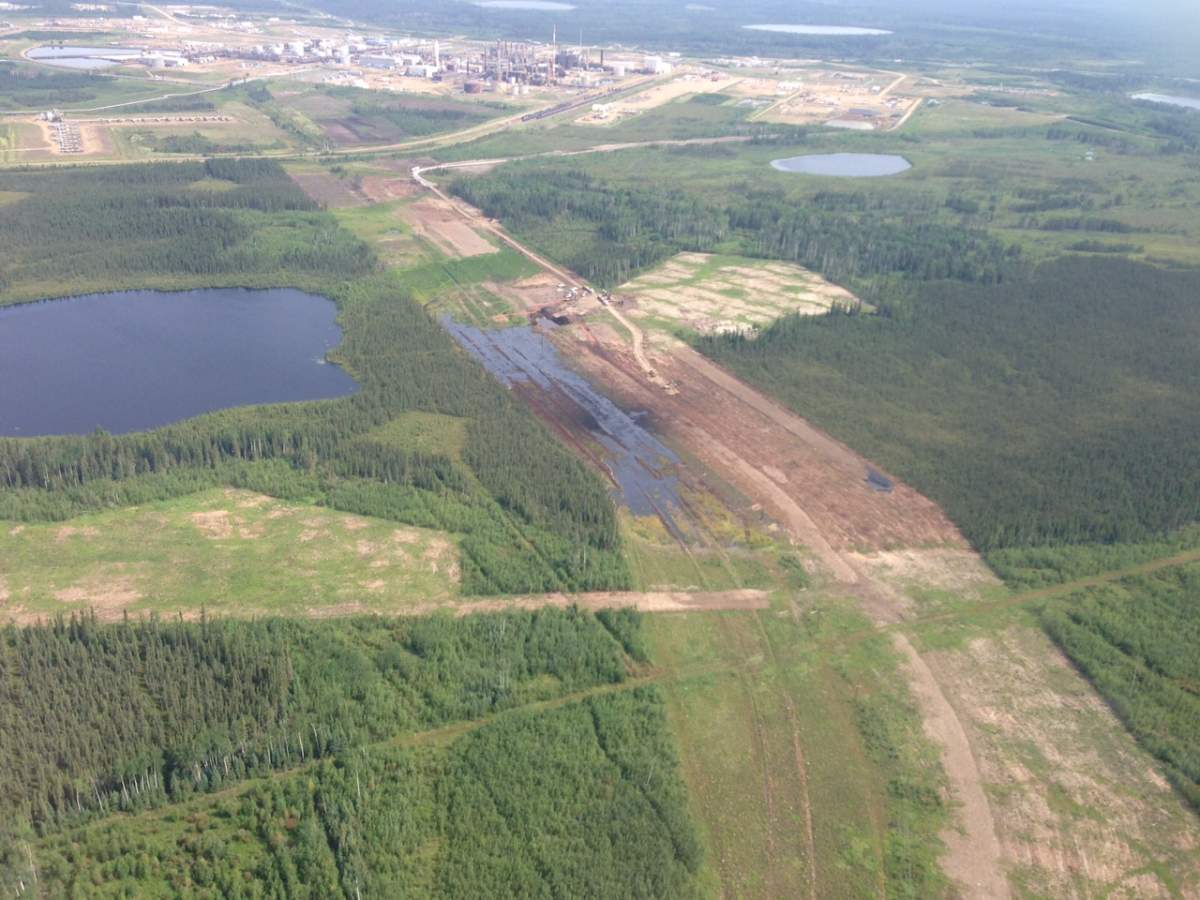





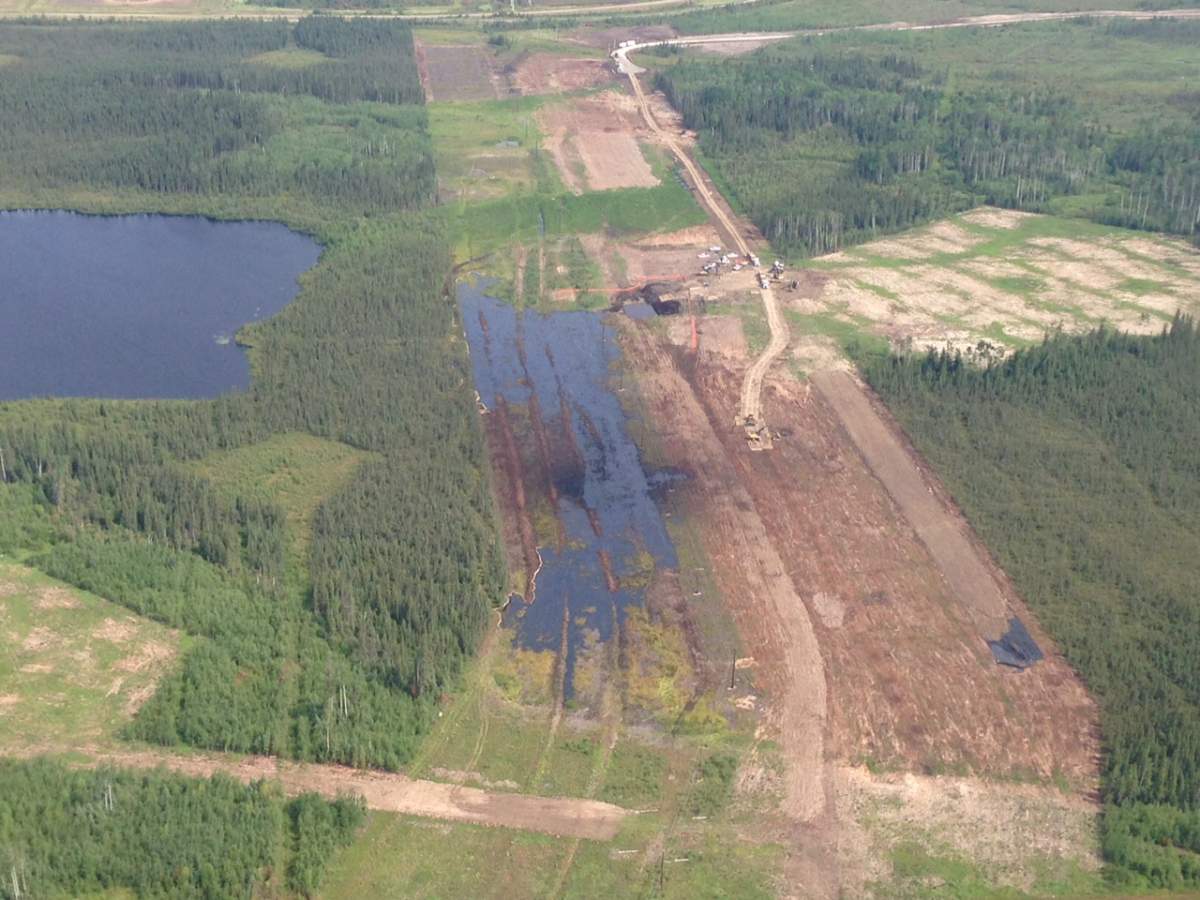

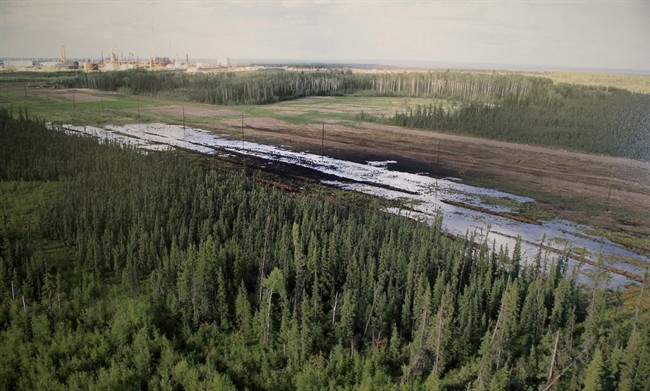




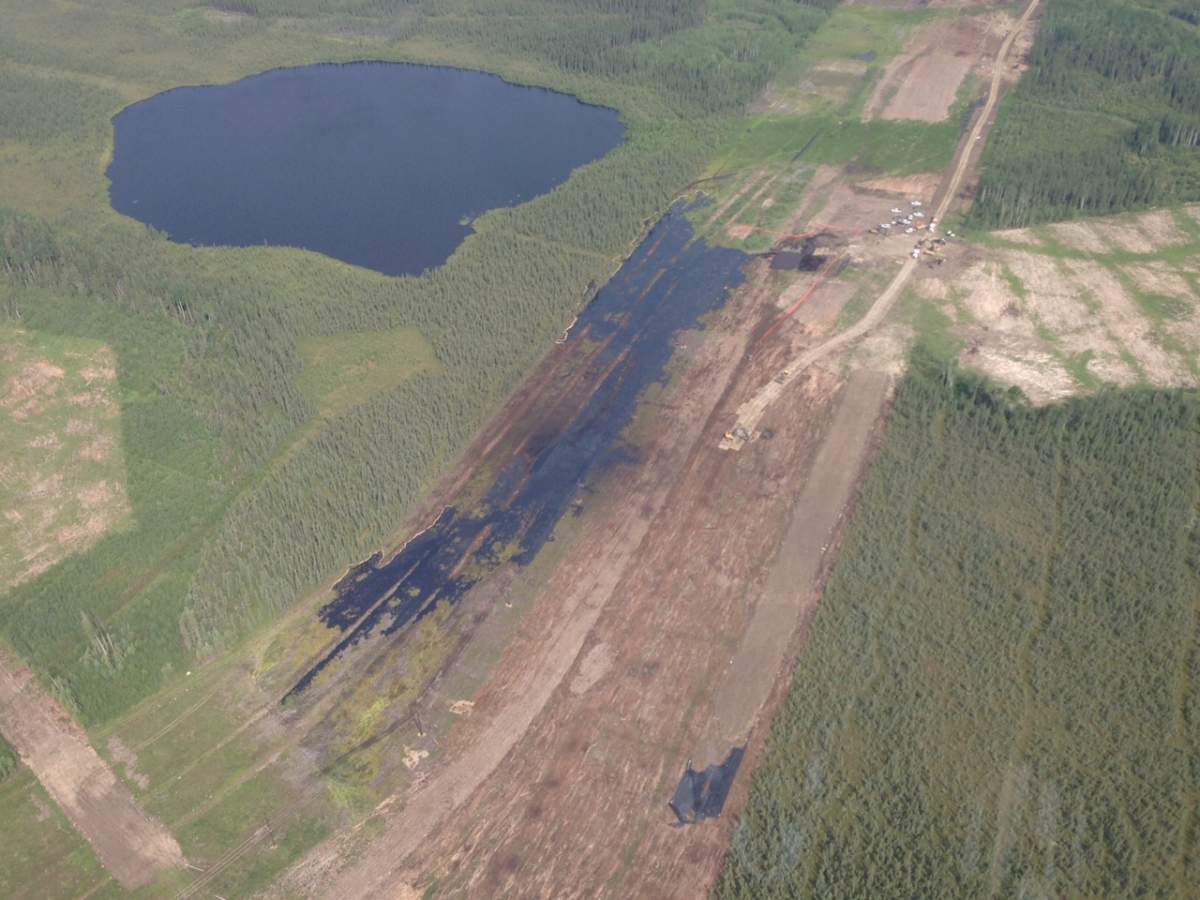

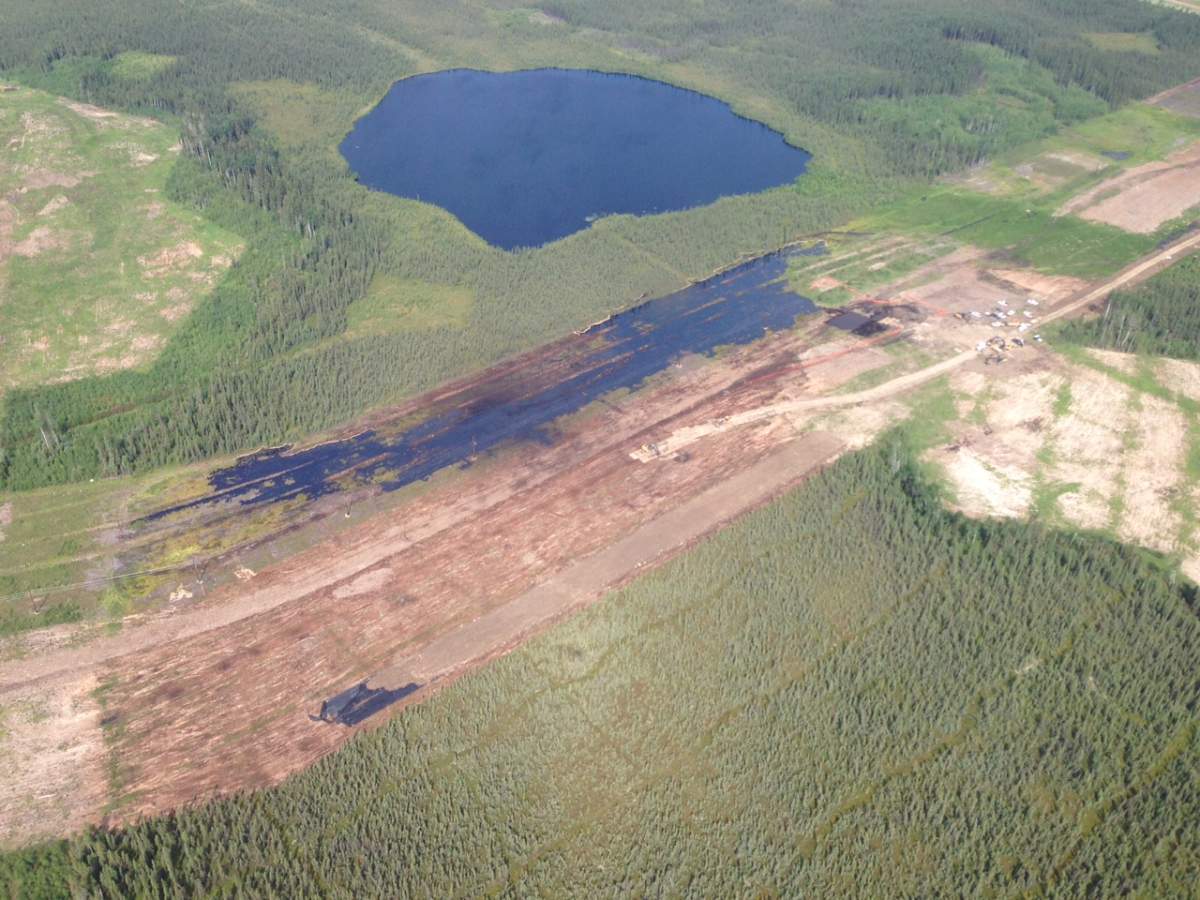







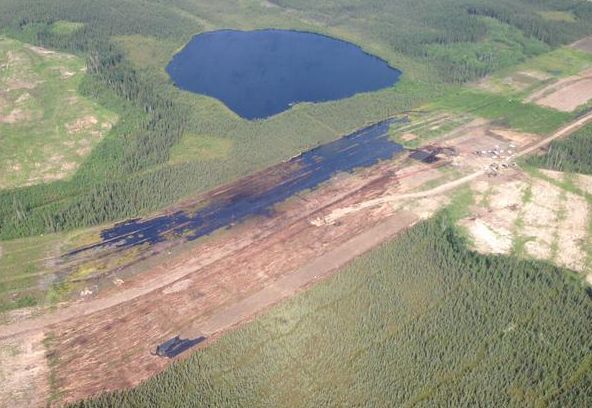
Comments